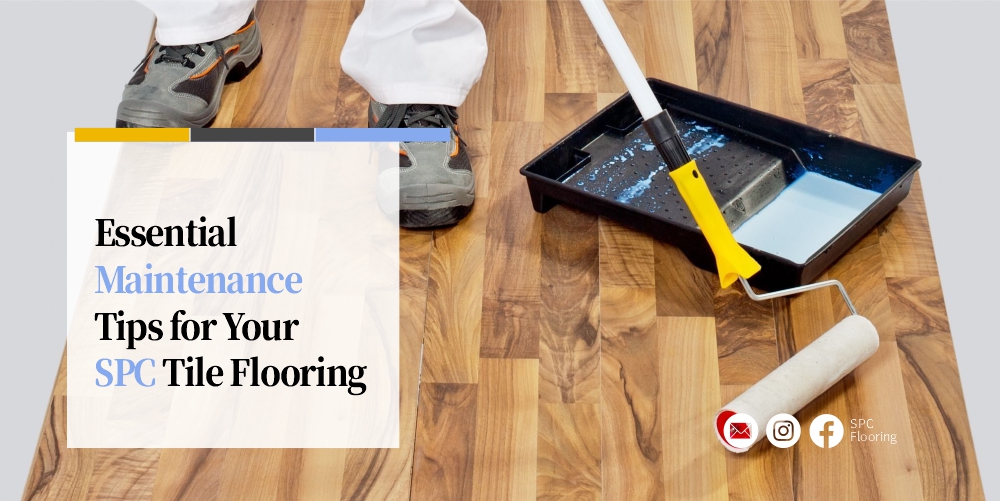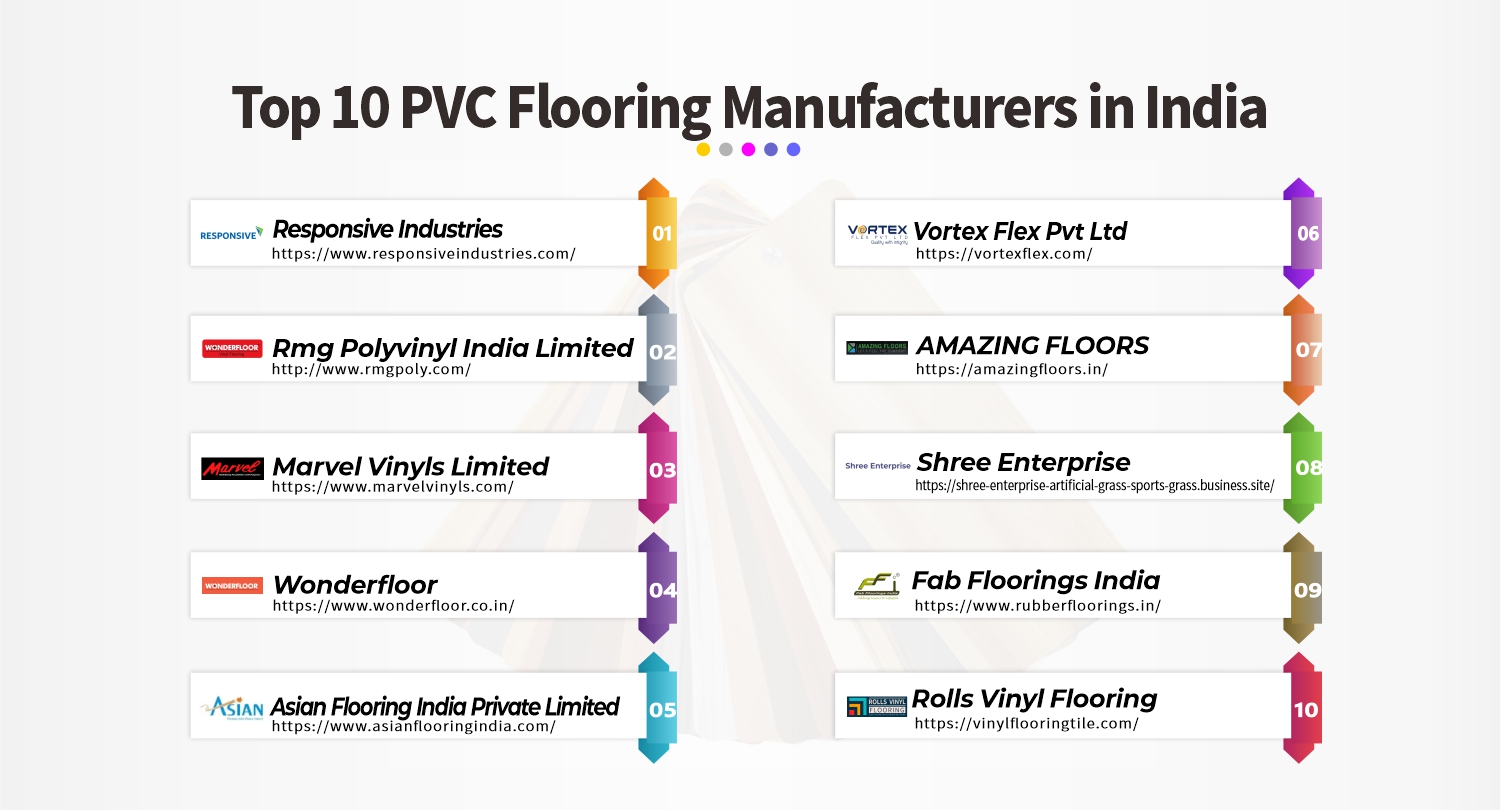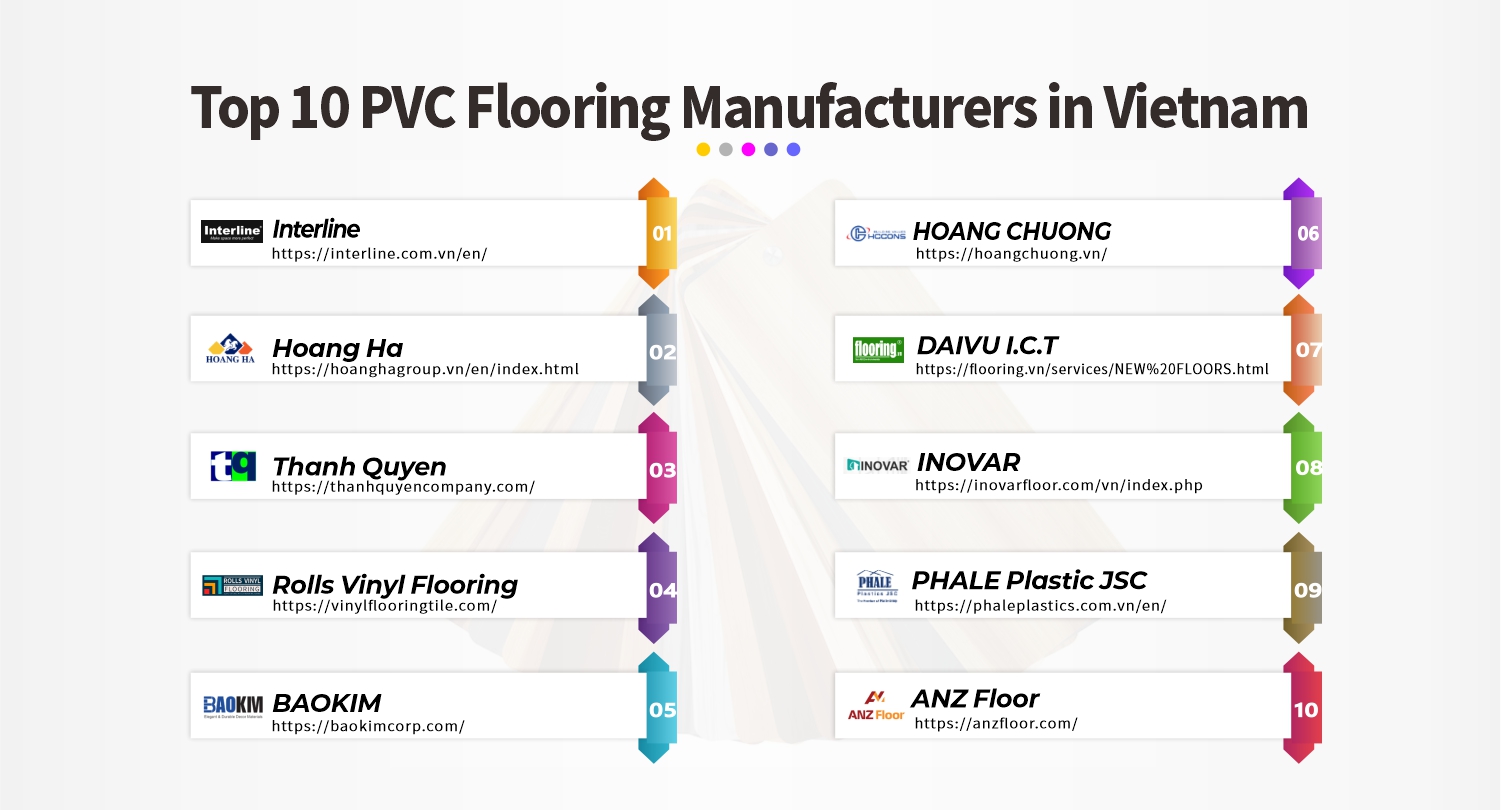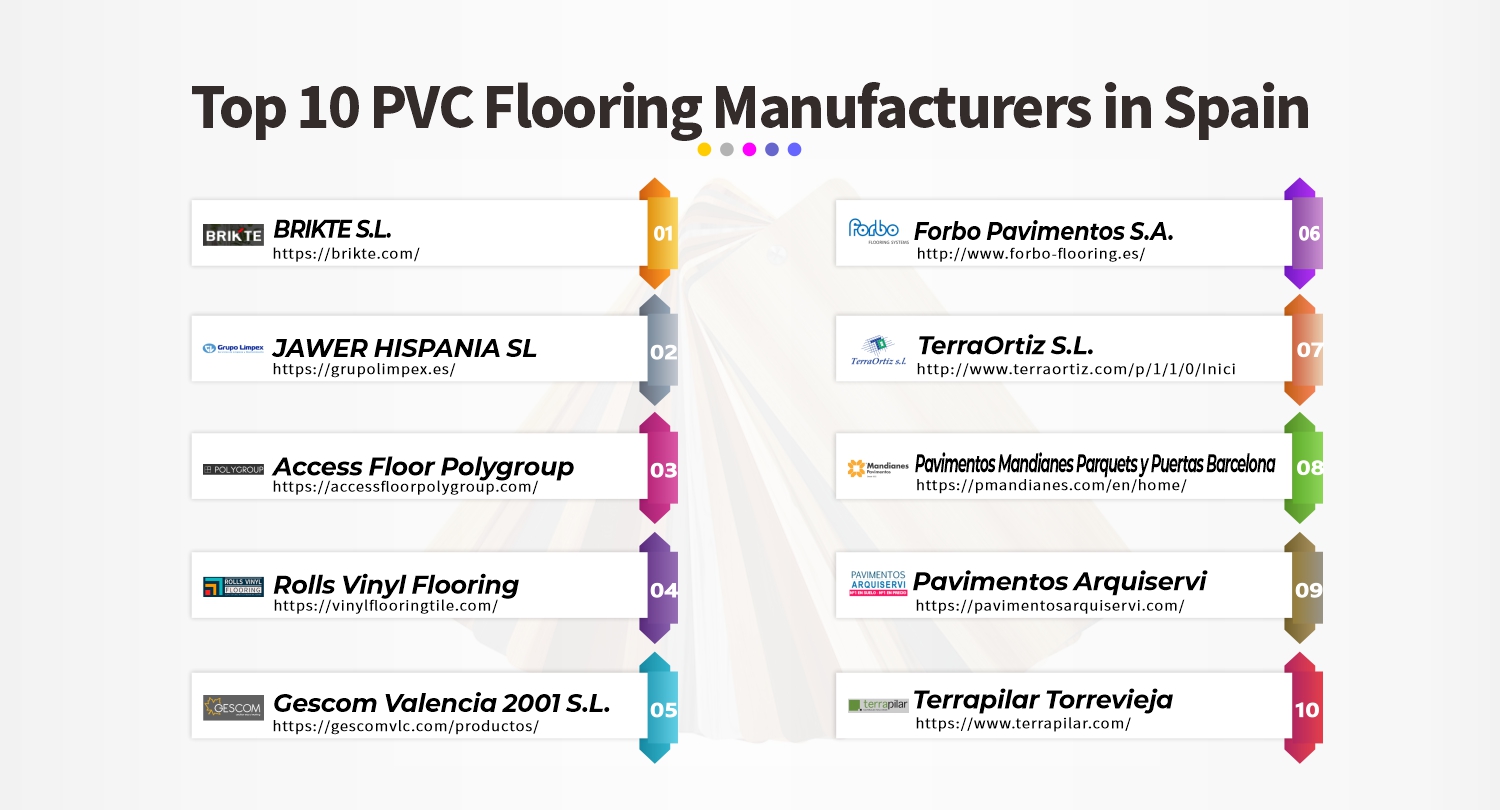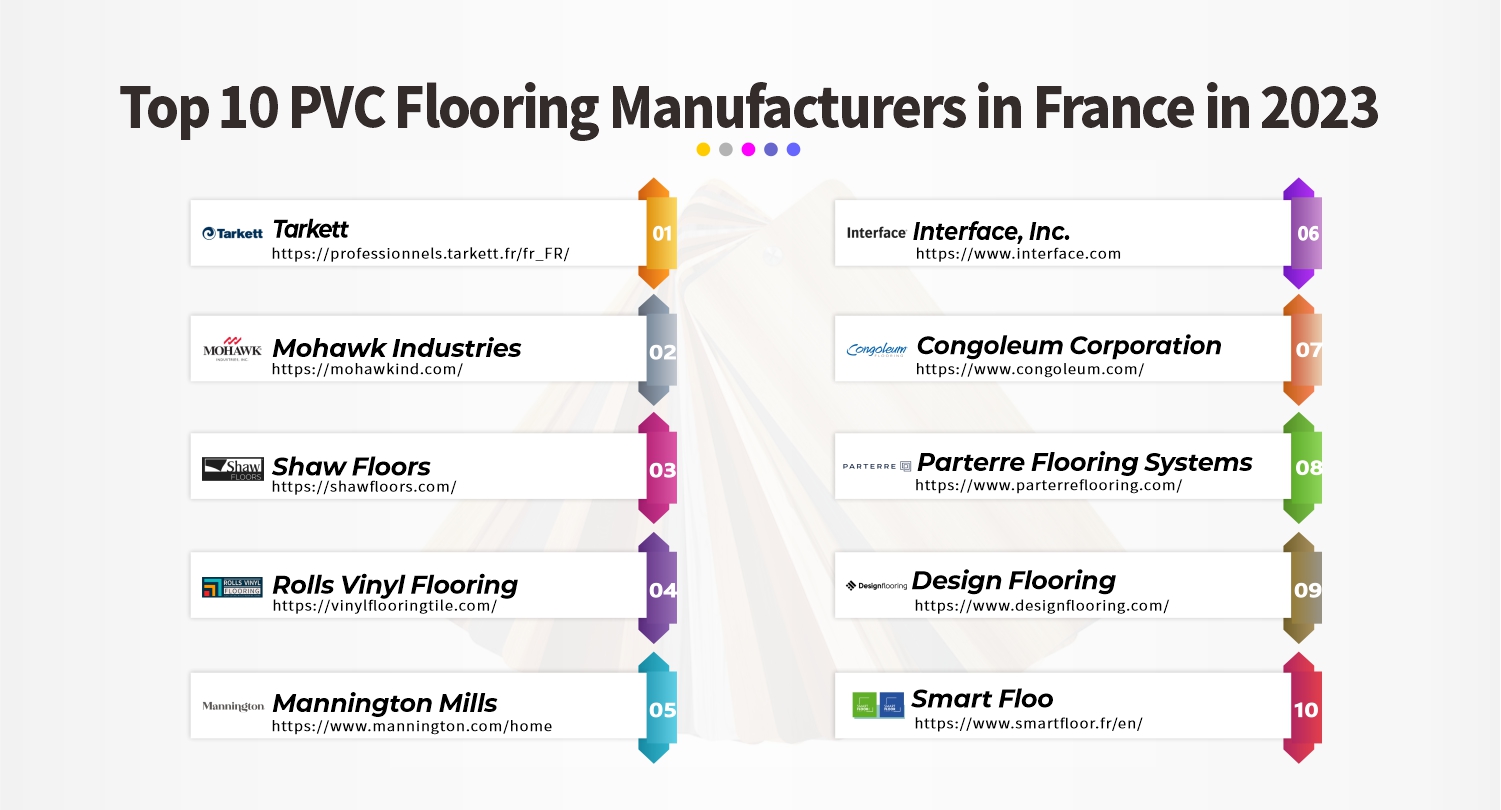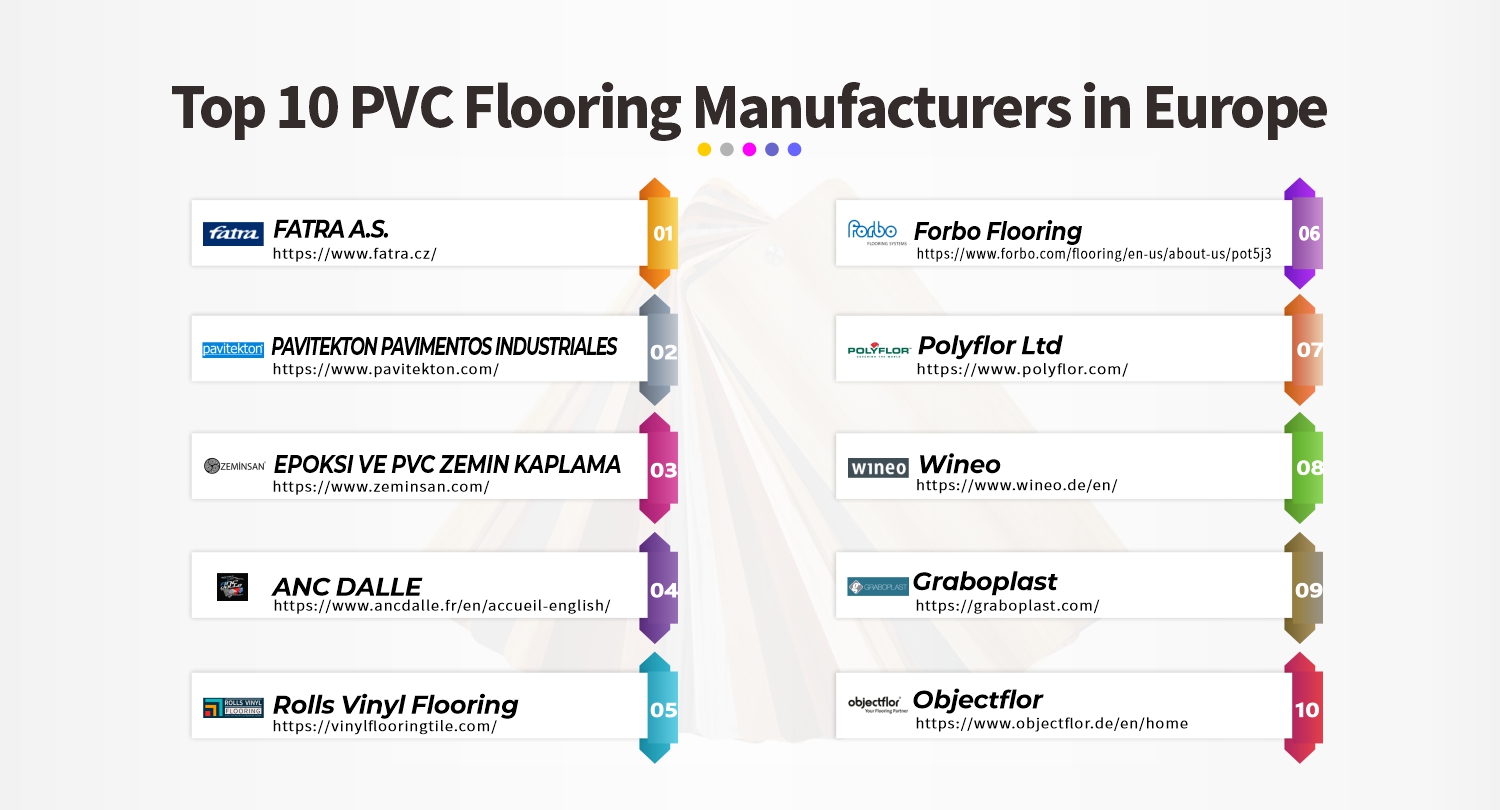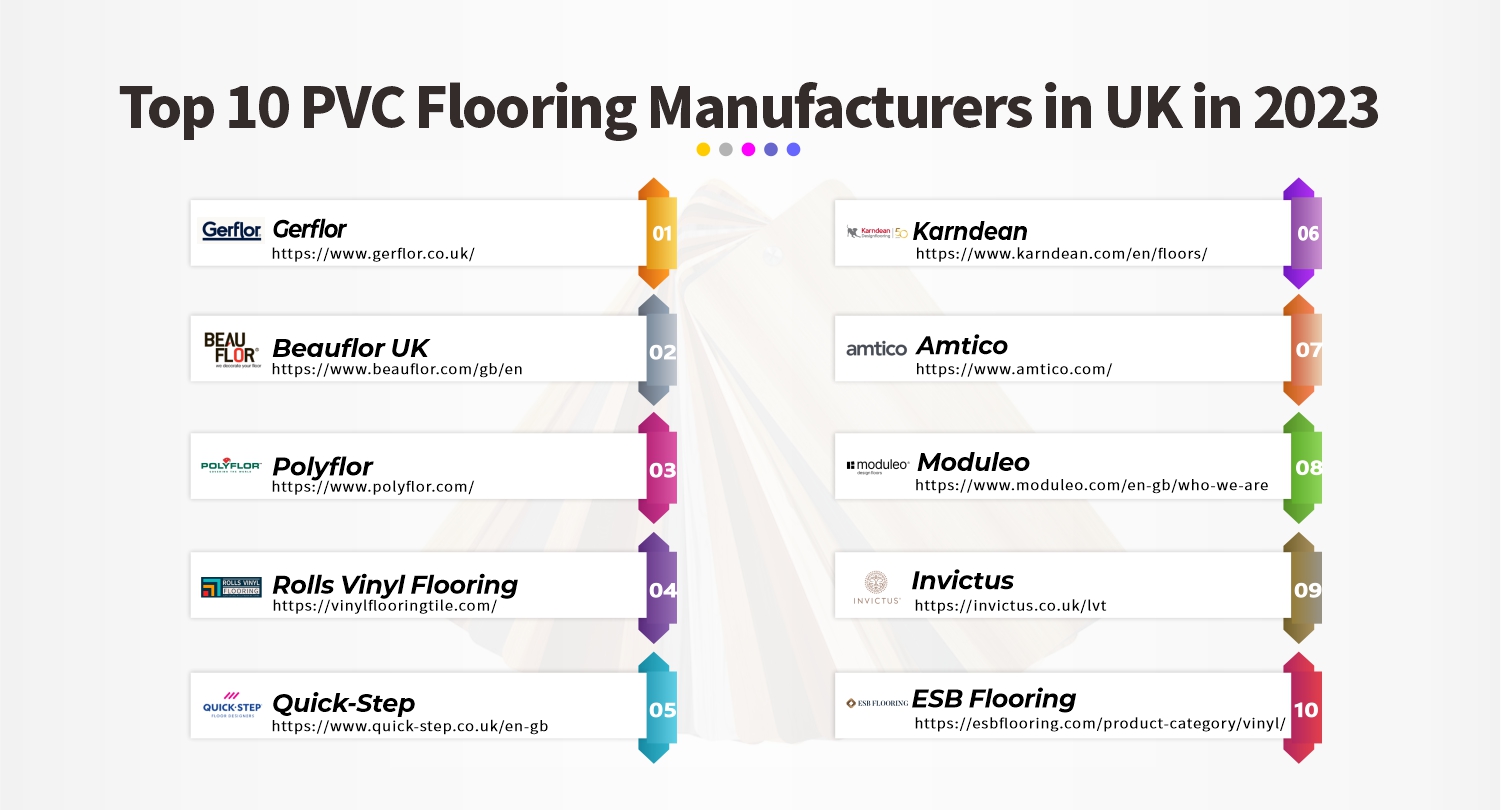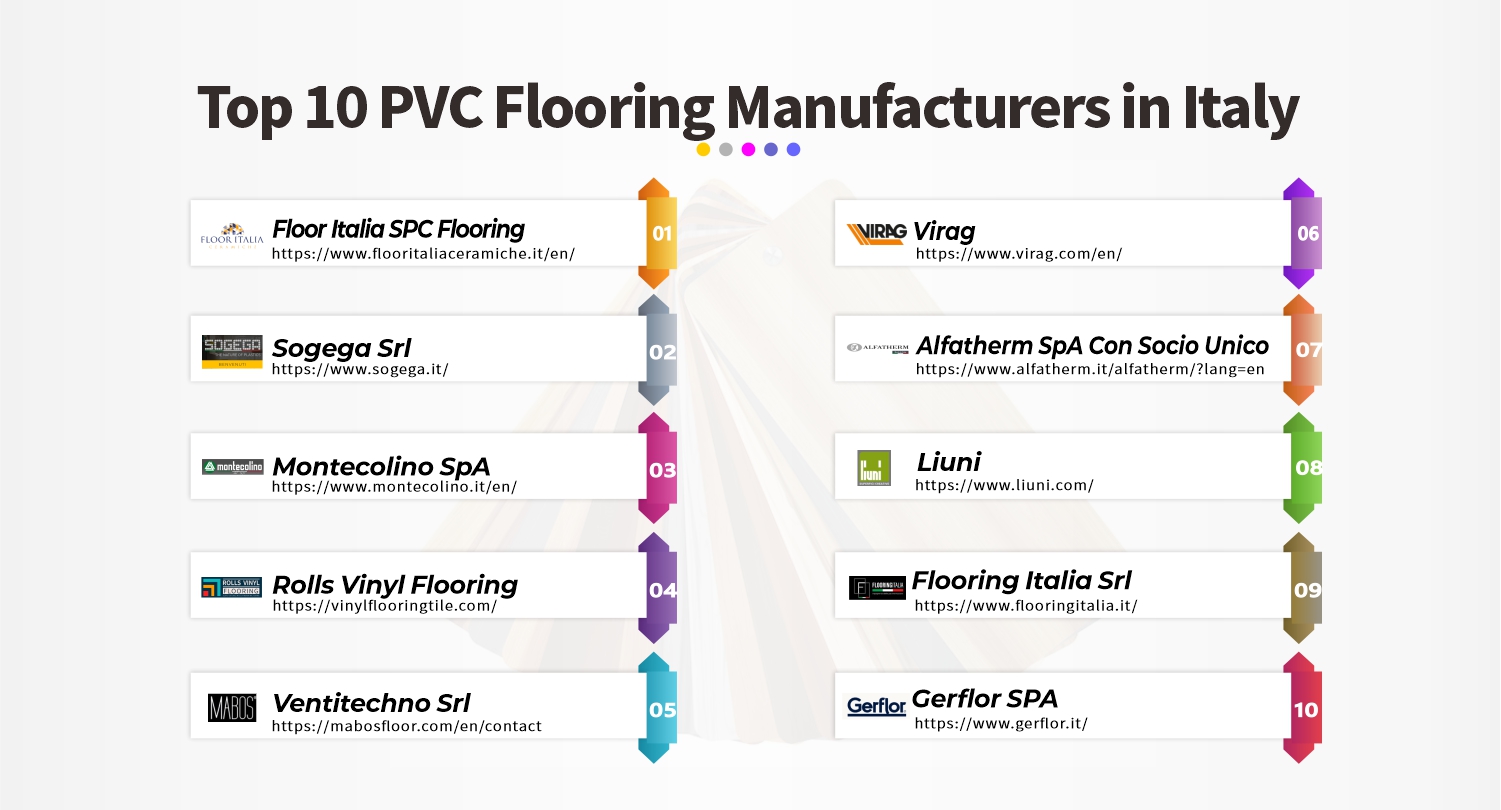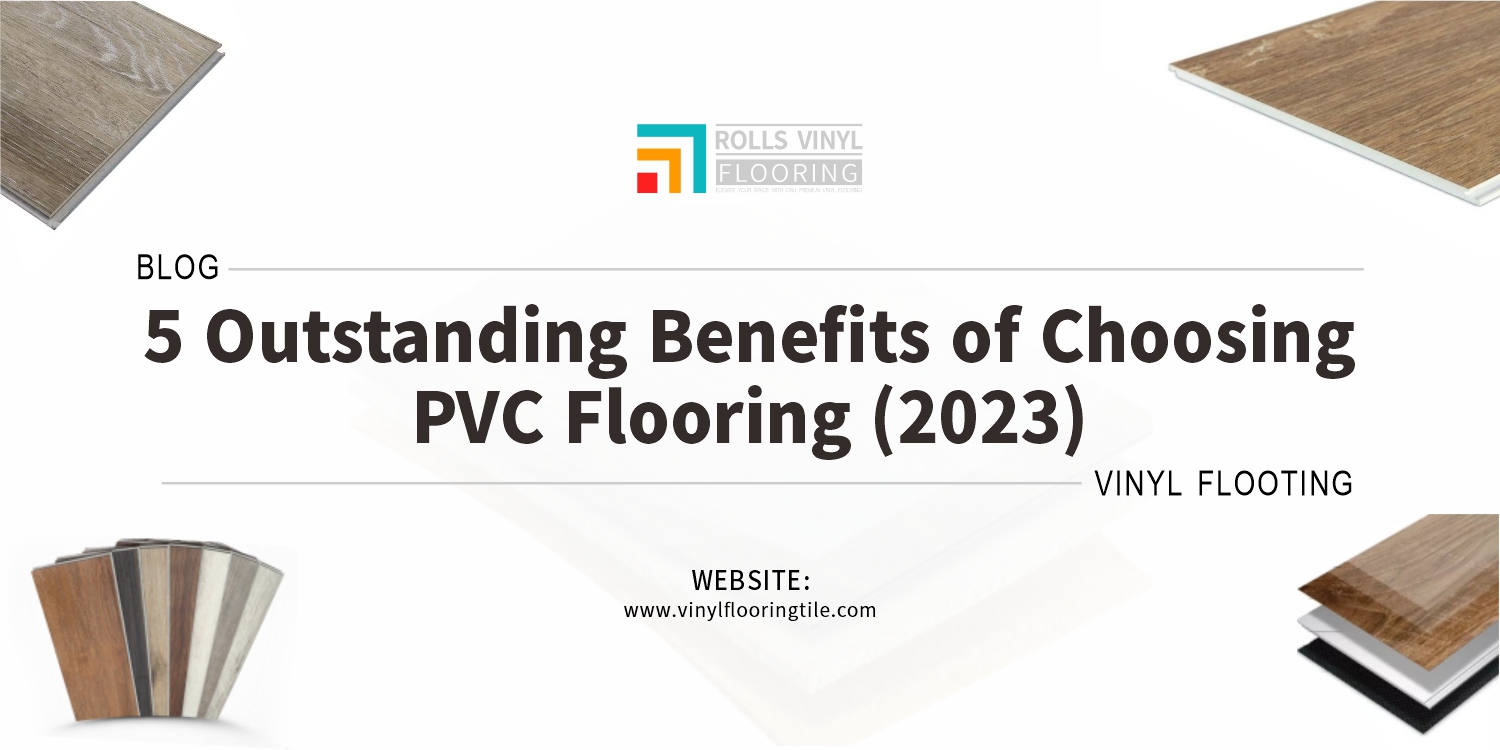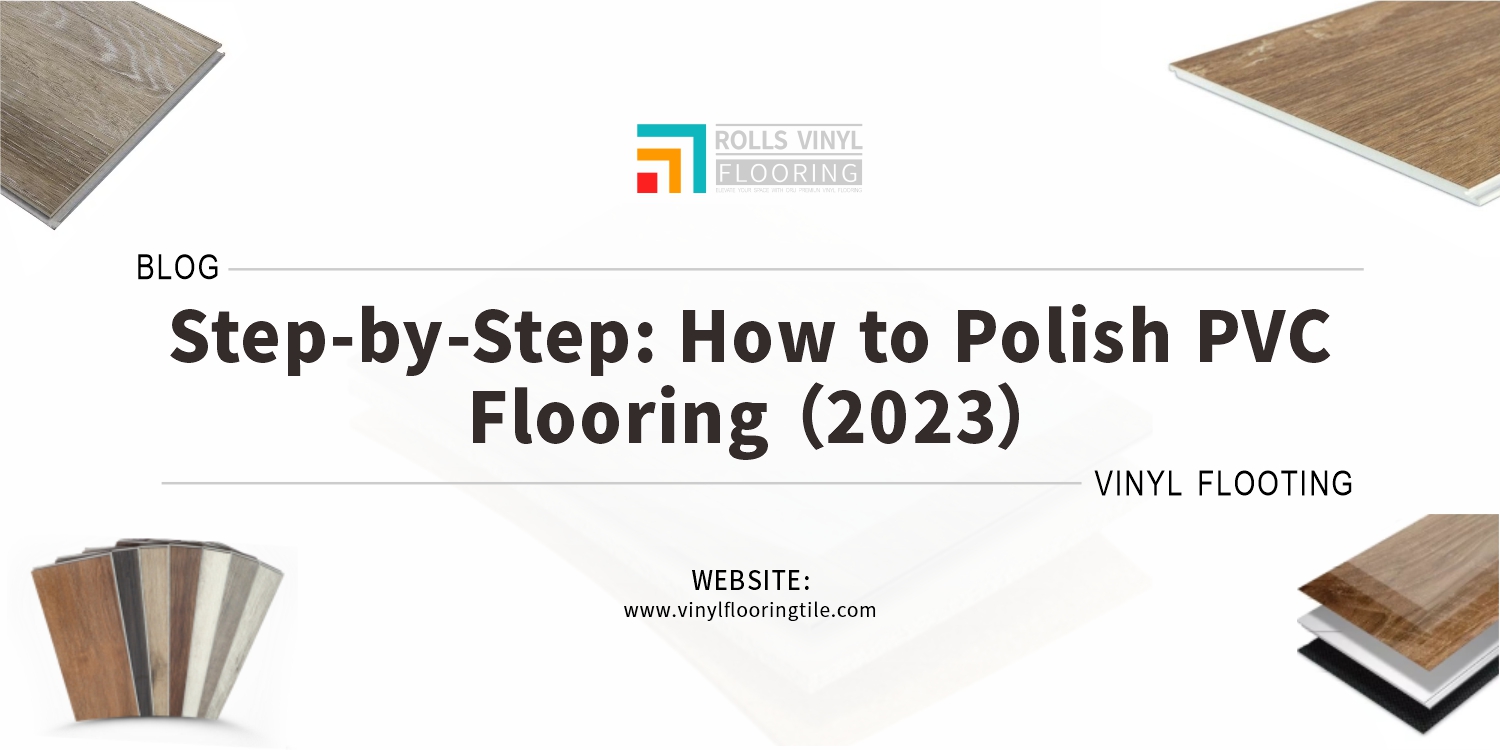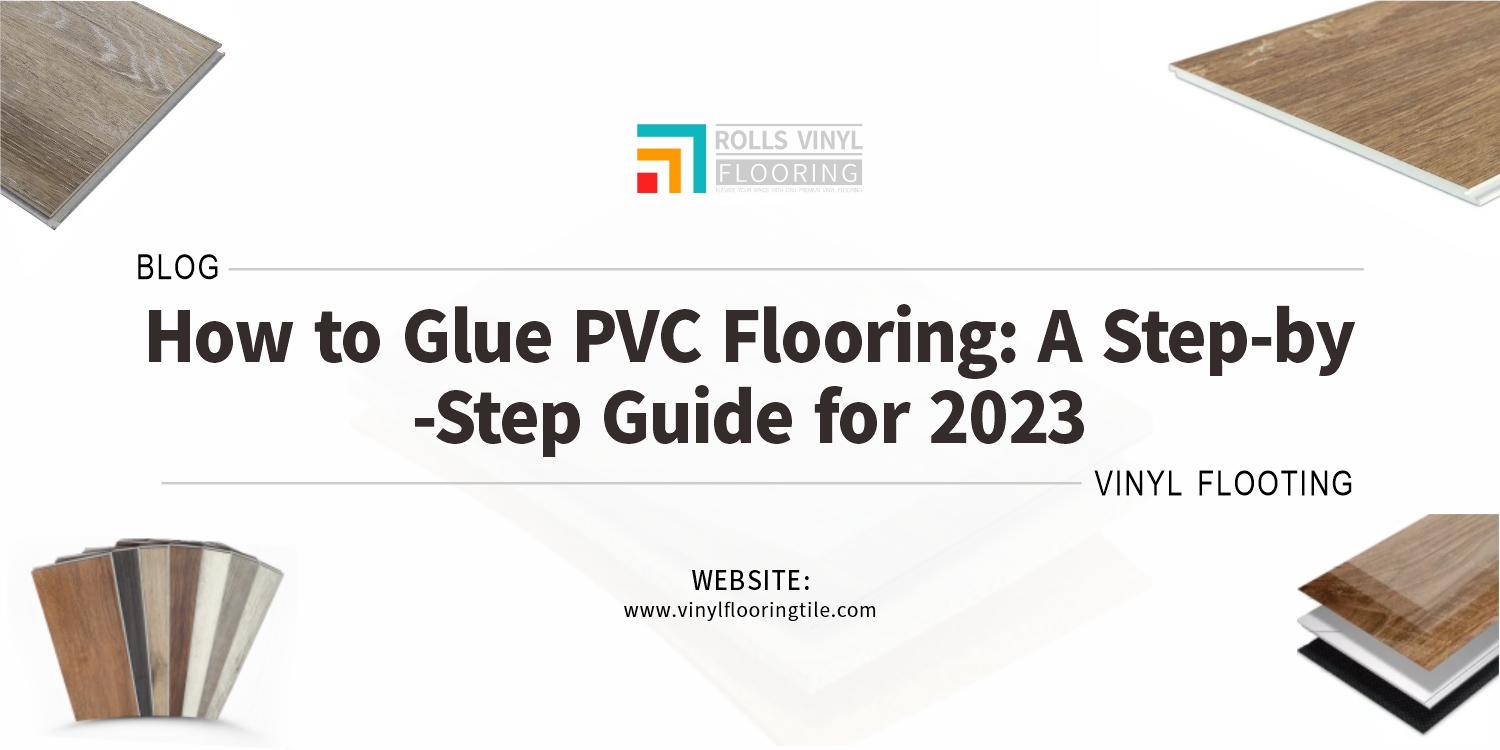Are you looking for a durable and stylish flooring option? SPC tile flooring is a popular choice for its versatility and resilience. However, like any other flooring material, proper maintenance is essential to ensure its longevity and appearance.
Here are the essential maintenance tips for your SPC flooring:
Sweeping and Vacuuming
Mopping
Spot Cleaning
Stain Removal
Proper Use of Mats and Rugs
Prevention of Scratches and Dents
Regular Inspection and Repair of Damages
From cleaning to repair, this guide covers everything you need to know to maintain your SPC tile flooring. Get started today!
Explanation of SPC Tile Flooring

SPC stands for Stone Plastic Composite, which refers to the composition of the tile flooring. SPC tile flooring is made from a combination of limestone powder and PVC, making it a highly durable and waterproof option for homes and businesses. It’s also resistant to scratches, dents, and stains, making it ideal for high-traffic areas.
SPC tile flooring is available in a variety of colors and textures, ranging from wood-like finishes to more modern designs. Its easy installation process, low maintenance requirements, and long lifespan make it a popular choice for those seeking a stylish and practical flooring option.
Importance of Maintaining SPC Tile Flooring
Maintaining SPC tile flooring is crucial for several reasons.
- Regular cleaning and maintenance can help preserve the appearance of the flooring, keeping it looking new for longer.
- Proper care can prevent scratches, dents, and other forms of damage, which can be costly to repair.
- Maintaining the flooring can help extend its lifespan, saving homeowners and businesses money in the long run.
- SPC tile flooring is often used in high-traffic areas, making it even more important to keep it well-maintained for safety reasons.
Daily Cleaning
Sweeping and Vacuuming
Sweeping and vacuuming are important steps in maintaining SPC tile flooring. Regularly removing dirt and debris can help prevent scratches and other forms of damage. When sweeping, use a soft-bristled broom or microfiber mop to avoid damaging the surface of the flooring.
When vacuuming, use a hard floor attachment to avoid scratching the surface. Be sure to vacuum or sweep in the direction of the tile pattern to avoid pushing debris into the grout lines.
Mopping
Mix a gentle cleaning solution with warm water. Avoid using acidic or abrasive cleaners, as these can damage the flooring. Dip a soft mop into the solution and wring it out thoroughly, as excess water can seep into the seams and damage the subfloor.
Mop the flooring in sections, rinse the mop frequently, and change the cleaning solution as needed. Finally, use a clean, damp mop to rinse the flooring and remove any remaining cleaning solution.
Spot Cleaning
Spot cleaning is an effective way to remove stains and spills from SPC tile flooring. Start by wiping up any excess liquid with a clean, dry cloth. Then, use a gentle cleaning solution specifically designed for SPC tile flooring. Apply a small amount of the solution onto a soft cloth and gently rub the stained area.
Avoid using abrasive materials or harsh chemicals, as these can damage the flooring. Rinse the area with clean water and dry it thoroughly with a clean towel. For tough stains, you may need to repeat the process several times.
It’s important to address stains and spills as soon as possible to prevent them from setting in and becoming more difficult to remove. With proper spot cleaning, you can keep your SPC tile flooring looking clean and stain-free.
Deep Cleaning
Explanation of Deep Cleaning
Deep cleaning of SPC tile flooring involves a more thorough cleaning process to remove built-up dirt, grime, and stains that regular cleaning may not remove. This process typically involves using a high-powered floor cleaning machine, such as a floor buffer or scrubber, to apply a cleaning solution to the flooring.
The cleaning solution may be a specialized product designed for SPC tile flooring, or a mixture of warm water and a mild cleaning agent. The machine scrubs the flooring to remove dirt and stains and then vacuums up the excess water and cleaning solution.
It’s important to follow the manufacturer’s recommendations for deep cleaning, as using the wrong equipment or cleaning agents can damage the flooring. With proper deep cleaning, you can restore your SPC tile flooring to its original appearance and prolong its lifespan.
When to Perform Deep Cleaning
Deep cleaning of SPC tile flooring should be performed on an as-needed basis, depending on the level of foot traffic and soil buildup on the flooring. Signs that it may be time for deep cleaning include discoloration or staining of the flooring, a dull or hazy appearance, or a buildup of dirt and grime that cannot be removed with regular cleaning.
In general, deep cleaning should be done at least once a year, although more frequent cleaning may be necessary for high-traffic areas.
Tools and Materials Required for Deep Cleaning
Some of the tools and materials needed include:
- Floor buffer or scrubber: A high-powered floor cleaning machine is needed to apply the cleaning solution and scrub the flooring.
- Cleaning solution: Use a specialized cleaning solution designed for SPC tile flooring or a mixture of warm water and a mild cleaning agent.
- Scrubbing pads: Different types of pads can be used depending on the level of cleaning required. Soft pads are best for light cleaning, while more abrasive pads are used for deeper cleaning.
- Wet/dry vacuum: A vacuum is needed to remove excess water and cleaning solution after scrubbing.
- Mop and bucket: A mop and bucket are used to apply the cleaning solution and rinse the flooring.
- Personal protective equipment (PPE): Wear gloves and eye protection when working with cleaning solutions.
Stain Removal

Types of Stains and How to Remove Them
SPC tile flooring can be prone to different types of stains, including:
- Food stains: To remove food stains, start by wiping up any excess food with a clean, dry cloth. Then, mix warm water and a mild cleaning agent and apply the solution to the stain. Gently scrub the area with a soft-bristled brush, rinse with clean water, and dry with a clean towel.
- Oil and grease stains: To remove oil and grease stains, first absorb any excess oil with a clean, dry cloth. Then, apply a degreaser specifically designed for SPC tile flooring, and let it sit for several minutes. Gently scrub the area with a soft-bristled brush, rinse with clean water, and dry with a clean towel.
- Ink stains: To remove ink stains, apply to rub alcohol to a clean cloth and gently dab the stain until it lifts. Rinse the area with clean water and dry with a clean towel.
- Rust stains: To remove rust stains, use a rust remover specifically designed for SPC tile flooring. Apply the rust remover to the stain and let it sit for several minutes. Gently scrub the area with a soft-bristled brush, rinse with clean water, and dry with a clean towel.
It’s important to address stains as soon as possible to prevent them from setting in and becoming more difficult to remove. Always test any cleaning solutions on an inconspicuous area of the flooring before applying them to the stained area, and follow the manufacturer’s instructions for use.
Preventing Stains on SPC Tile Flooring
Here are some tips to help prevent stains:
- Clean up spills immediately: Quickly wiping up spills and stains can prevent them from setting in and becoming more difficult to remove.
- Use protective mats: Place mats at entryways and high-traffic areas to prevent dirt, debris, and moisture from being tracked onto the flooring.
- Avoid using harsh chemicals: Avoid using harsh chemicals or abrasive cleaning agents that can damage the flooring and cause discoloration or staining.
- Regularly sweep and vacuum: Regularly sweeping and vacuuming the flooring can help prevent dirt and debris from building up and causing stains.
- Avoid wearing shoes indoors: Encourage family members and visitors to remove their shoes before entering the home to prevent dirt and debris from being tracked onto the flooring.
Maintenance Tips
Proper Use of Mats and Rugs
Here are some tips for using mats and rugs:
- Placemats strategically: Place mats at entryways, in high-traffic areas, and in front of sinks to catch dirt, debris, and moisture before it gets onto the flooring.
- Use rugs with non-slip backing: Make sure rugs have a non-slip backing to prevent them from sliding around and potentially causing scratches or damage to the flooring.
- Avoid rubber-backed mats: Rubber-backed mats can trap moisture and cause discoloration or staining of the flooring. Use mats with a fabric or carpet surface instead.
- Clean mats and rugs regularly: Regularly vacuum and clean mats and rugs to prevent dirt and debris from building up and potentially causing scratches or stains on the flooring.
- Use colorfast mats and rugs: Avoid using mats and rugs that are not colorfast, as the dyes can bleed onto the flooring and cause staining.
Prevention of Scratches and Dents
Here are some tips to help prevent scratches and dents:
- Use furniture pads: Place furniture pads under the legs of chairs, tables, and other furniture to prevent scratches and dents from heavy furniture.
- Avoid wearing high heels: High heels can cause scratches and dents on the flooring. Encourage family members and visitors to remove their high heels before walking on the flooring.
- Keep pet nails trimmed: Pet nails can cause scratches on the flooring. Keep pet nails trimmed to prevent scratching.
- Use caution when moving heavy objects: When moving heavy objects, use caution to prevent scratching or denting the flooring. Consider using a dolly or other moving equipment to prevent damage.
- Avoid dragging furniture: Dragging furniture across the flooring can cause scratches and dents. Lift furniture or use furniture sliders to move it instead.
Regular Inspection and Repair of Damages
Here are some tips for inspecting and repairing damages:
- Regularly inspect the flooring: Regularly inspect the flooring for any signs of damage such as scratches, chips, or cracks.
- Address damages promptly: If you notice any damages, address them promptly to prevent further damage or staining.
- Use a matching repair kit: Use a repair kit that matches the color of your flooring to fill in any scratches or chips.
- Replace damaged tiles: If a tile is cracked or severely damaged, it may need to be replaced. Contact a professional to replace the tile to ensure proper installation.
- Clean repaired areas: Once damages have been repaired, clean the area thoroughly to remove any excess repair material.
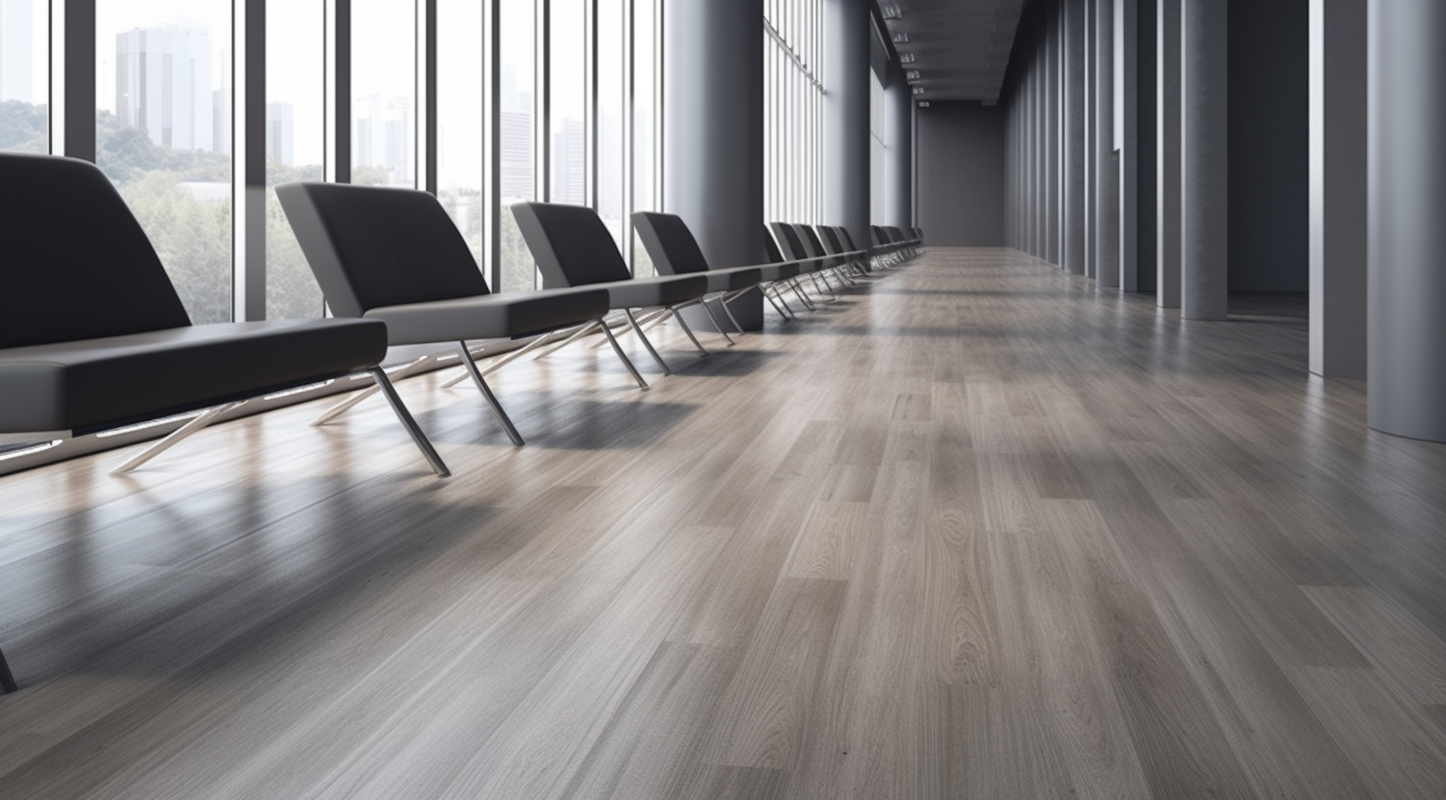
Maintaining your SPC tile flooring is essential to ensure its durability and appearance. By following these maintenance tips, such as regular sweeping, mopping, and deep cleaning, preventing stains, and addressing damages promptly, you can keep your flooring looking beautiful and functional for years to come.

